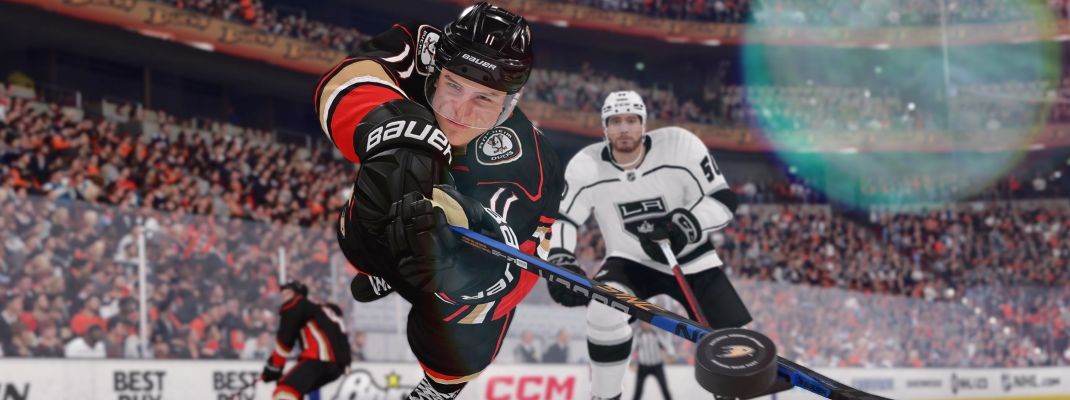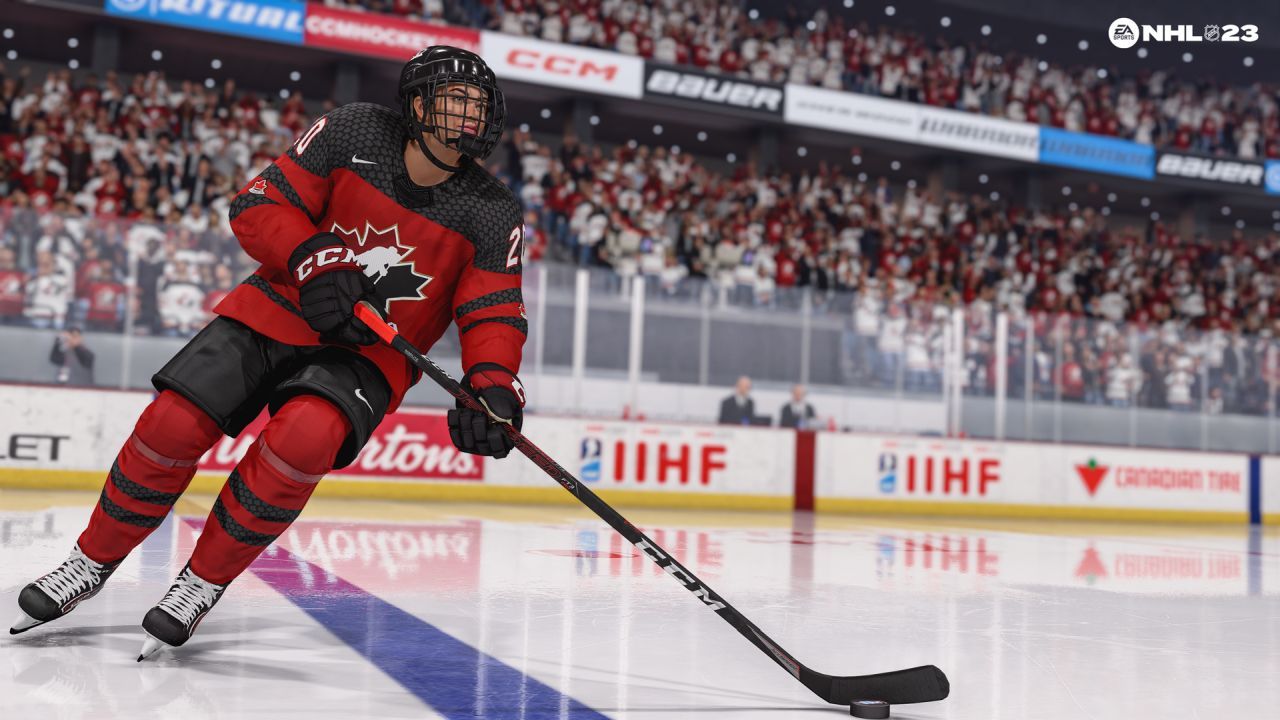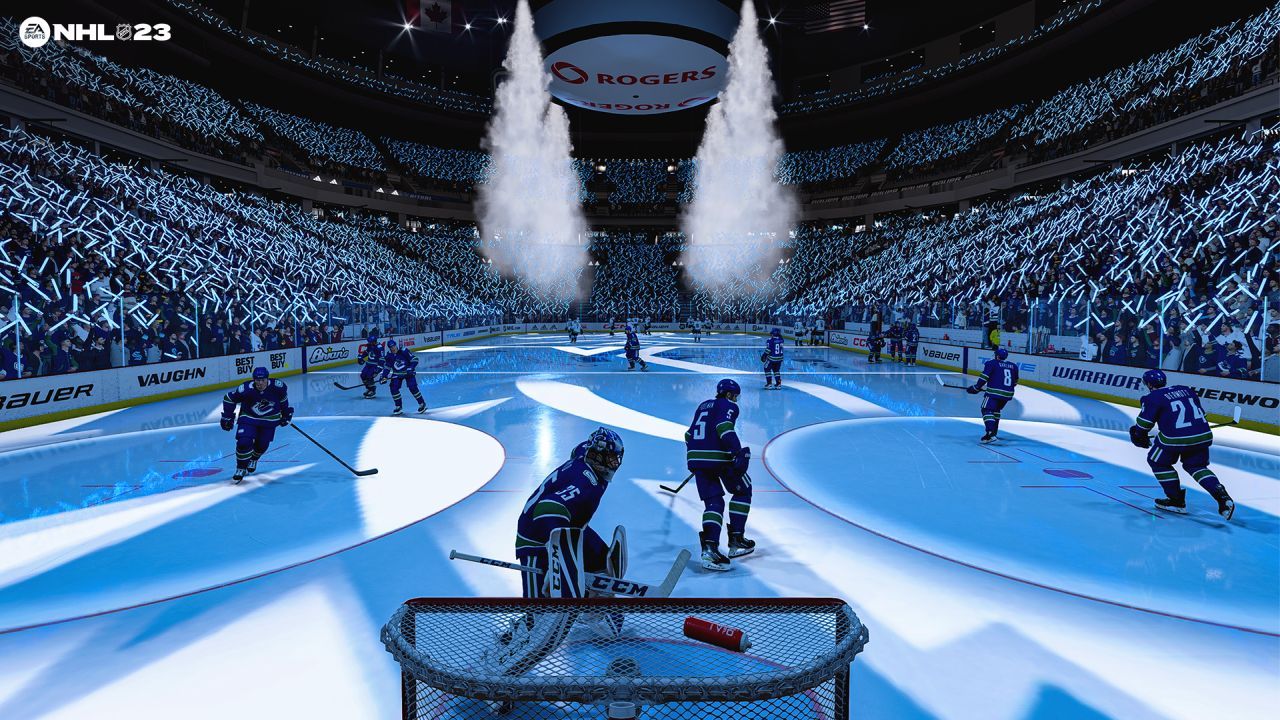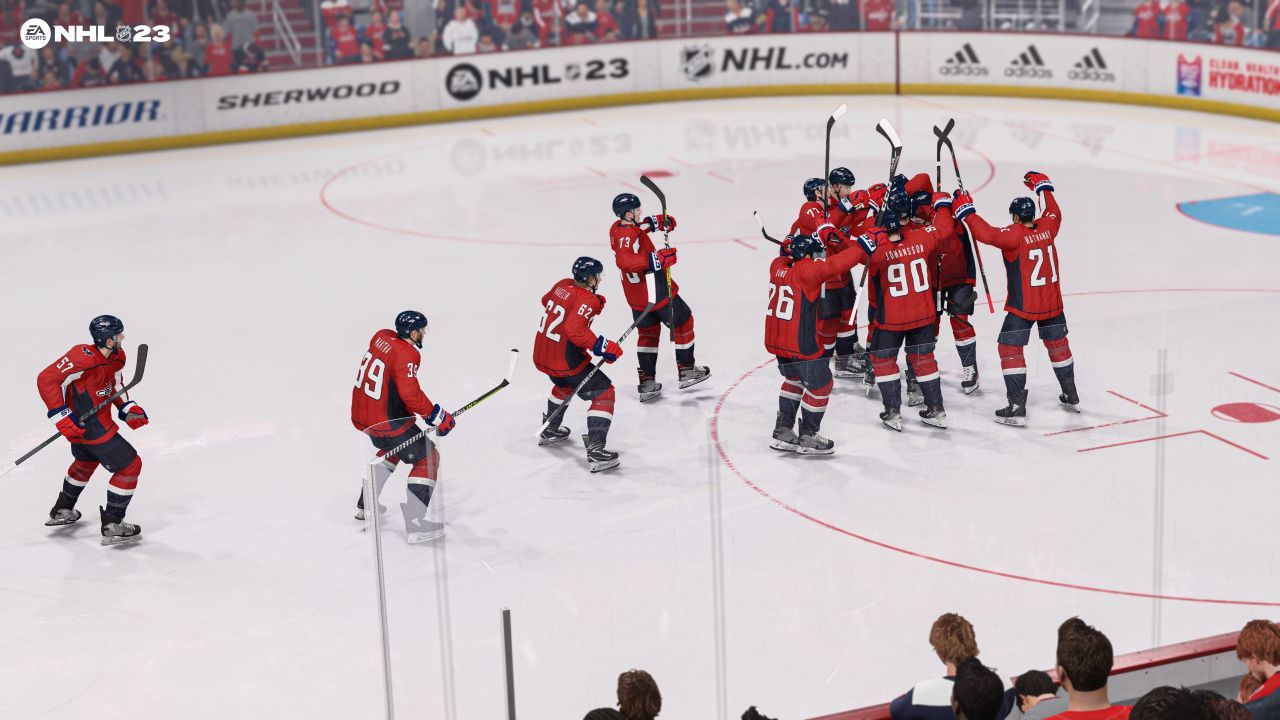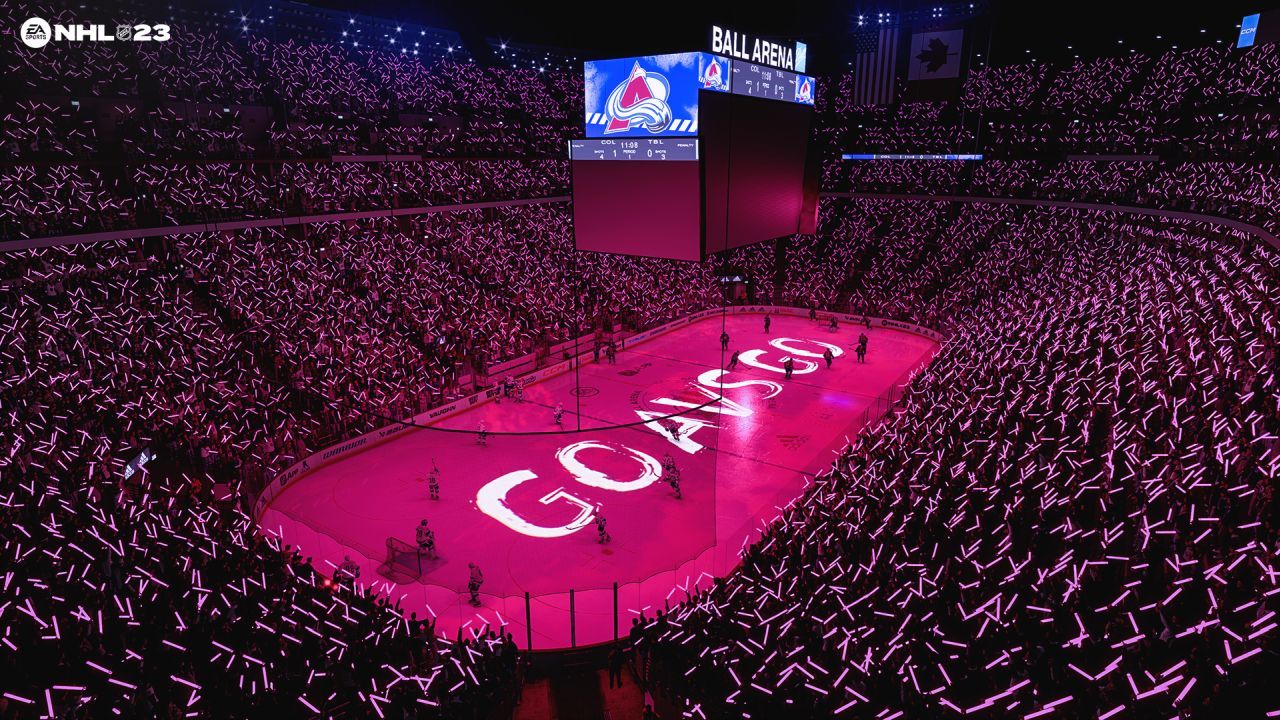Just in time for NHL's opening week, EA Sports has released NHL 23 right as the puck dropped on the 2022 season. This year's game has added female player models and teams to the fold that can also be used in HUT and Chel. Along with many other world hockey teams, it feels like the franchise is going the FIFA route in adding depth to the games. Along with some new desperation moves and a few touches on the modes in the game, NHL 23 doesn't offer much over its predecessors. It is still a fun game of hockey, albeit not much of a different game of hockey.
Two of the bigger additions to this year's games include both the IIHF Women's National Team and cross-play to help fill rosters in online games. Unfortunately, neither of these upgrades are available now, but should be coming in November. The ability to play HUT with women's players is available now, but that would mean diving into HUT to experience this. The cross-play is a nice element to have especially with the ability to jump in and out of EASHL and Chel games, much like FIFA included this year. Currently, this still takes a minute to find and hop into a game. Cross-play is also only available for HUT, Chel and EASHL and not for traditional NHL games.
Players now have the operation for a desperation shot or pass thanks to last chance puck movement. A few other caveats come along with this as the team has implemented 500 new animations related to player contact. It seems now that making contact with players is more realistic and can throw the puck carrier off his balance and its actually felt. It always seemed like this didn't register in the past, but this year the game does a good job of doing this. With the desperation actions, double tapping up on the right stick or the pass button will help players do something with the puck in mid-animations. While desperation shots won't occur all that much, the overall combination allows for more flowing gameplay.
The puck in this year's game also seems to behave better. The development team also reworked some of the passing, even though it still puts some passes in no-man's land when it's obvious who it's aiming for. I believe that this comes down to how it's designed in the game as holding the button down and then trying to aim in a circular motion with the stick eats up precious time. There are just some passes that are too obvious that shouldn't be an issue to complete. Defenders make more realistic interceptions along with a better implementation of poke checks that don't always cause tripping penalties.
The AI has also been reworked across the board but has offered some mixed results. If playing a mode in Chel that fills the roster with AI spot, they're basically sitting ducks. The AI seems to have better situational awareness, especially near the goal. I had one particular instance where one of my AI defenders needed to make a play on the puck, however, and he just went to the bench for a line change that seemed to take much longer than it should. Turning up the difficulty still results in the AI doing basically what it wants to get down the ice. Speed kills in this game, especially if playing online, but this year it's possible to get around the defenders on breakaways. Goalies have also been overhauled to add more human-like saves, but there are still too many easy goals that go in. The way the puck plays in front of a goalie, however, still needs to be addressed. Lots of times there's scrums in front of the net that result in the puck being pushed in and this isn't seen that much in this series. Overall, the gameplay feels faster with adjustments that technically improves the experience, but overall it doesn't feel much different.
The development team has touted the improvements to the presentation and the living arenas with the crowd interaction. While there's little-to-no change to the presentation broadcast in the game, the crowd interaction is noticeable. The broadcast in the game is nearly identical with the addition of AR stat overlays and quick stories in the game. The opening sequence still only lasts about ten seconds, which comes down to the overall pacing of what the developers are looking for. They want players to blow through games, which takes out the overall immersion. I personally believe this is tied to HUT and Chel so there's more of an opportunity to capitalize on microtransactions, and if this is true, it hurts the overall feel of the game. Maybe announcing starting lineups or doing something that brings players closer to the game would be more appropriate than giving the crowd neon signs or a quick National Anthem prior to the puck dropping.
The living crowd, from an audio standpoint, is the best in the series and a great addition. Thirty voice actors recreated NHL chants for the game, and the crowd loudly reacts to individual plays on the ice. It ups the intensity especially in a close contest. The same commentating team returns and the main commentator oversells, but it does add a lot of energy to the games. It's more noticeable than before as it helps complete the total arena audio package for a NHL game as if it was being attended in person. While this is a good boost, the overall presentation experience doesn't differ from the previous years since making the change over to this new commentary team.
The NHL series in recent years has always added an element to its Franchise Mode that other sports won't do. For this year's game, the development team hands over the keys to the castle with a new Custom Franchise Mode. This allows players to select the teams, ranging from 6-48 along with customizing conferences and divisions. Players can alter the length of a season with the opponent layout and also customize the playoff breakdowns. Teams can also be swapped out with Legacy Teams, which is an option that needs to be highlighted much more as it may get more hockey fans on board. HUT offers the legacy players, and the NHL series is the first EA Sports game to offer classic teams in a way that's fantastic. These teams can be imported into the Franchise Mode, which is a great way to improve the mode. The customization options aren't overly complicated, but deep enough to add variety into the mode.
Subtle updates have come to the visuals, but the overall look is beginning to feel dated. This probably ties into the fact that the game is cross-platform as we start to further separate from the previous generation. Player likenesses have been updated in some superstars in the league, but most of them feel dated. The team added a new skin shading model and most of these changes will be noticeable in the up-close cutscenes and not necessarily the distant cutscenes. The game still lacks ray tracing, but does play at 60 FPS on current generation consoles, although nothing is substantially improved.
Closing Comments:
EA's NHL series feels like it's slowly distancing itself more and more from the NHL and going more of the FIFA route for a wide variety of hockey around the world. Unlike soccer, though, the best hockey players in the world play in North America for an organized league. The focus on Chel and HUT continue to pull away from a true NHL experience as it feels less and less is incorporated on the NHL side to replicate the sport that people watch. While there are touch-ups to NHL 23, it doesn't do enough this year to make it feel like an upgrade. Some of the gameplay changes are nice, but on the entire scale with the presentation and feel of the game, it's mostly the same. The Franchise Mode offering the customization option with the ability to bring in Legacy Teams is a positive, but then modes like Be A Pro are left on the bench once again.

